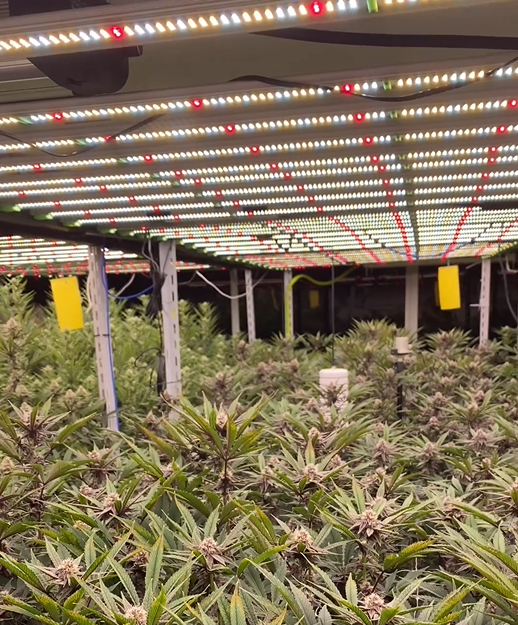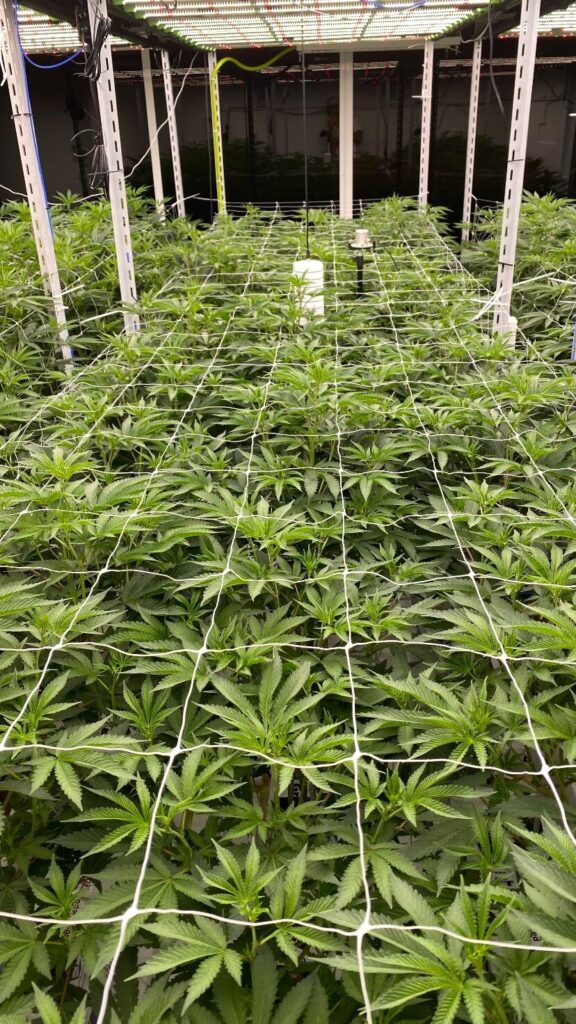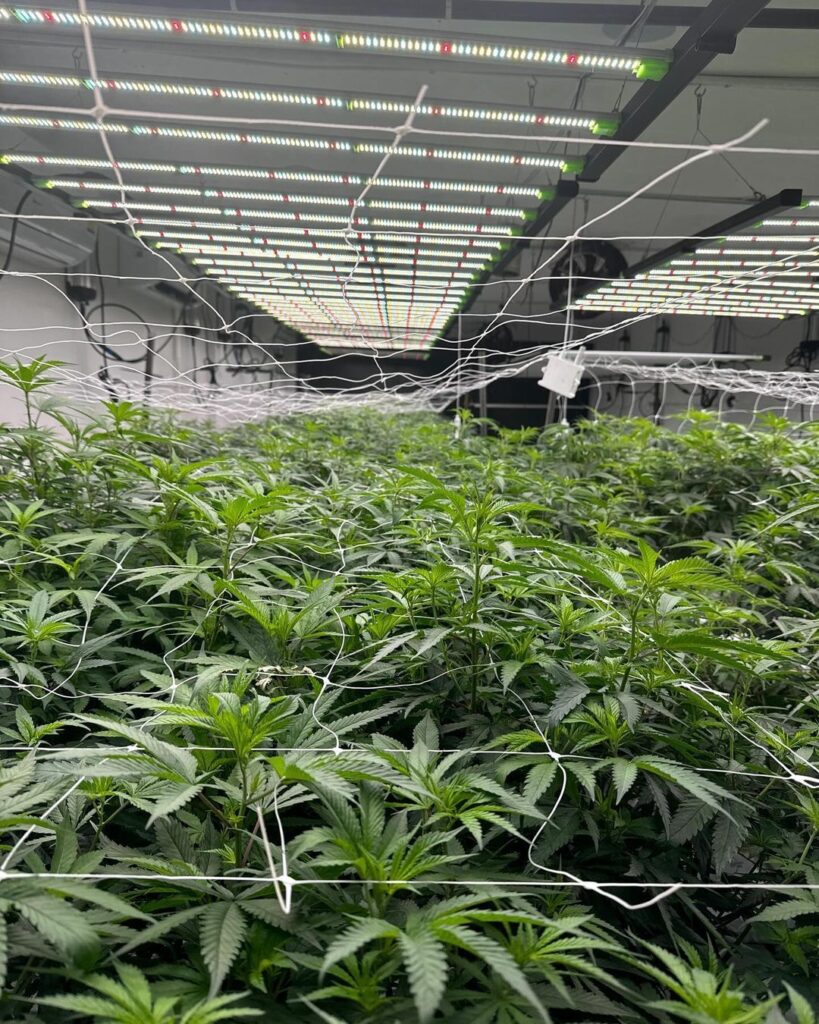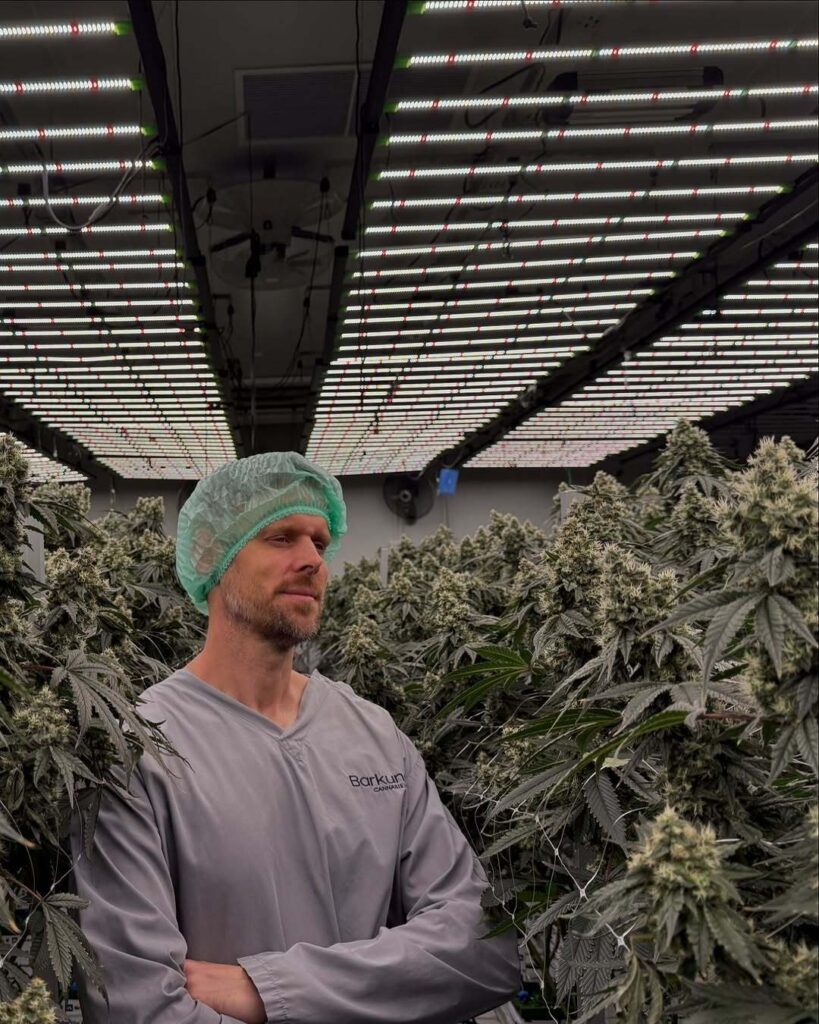Introduction
Ever wondered why your plants aren’t thriving like they should? It all comes down to one game-changing factor: the light spectrum. From lush vegetative growth to bountiful flowering, the right spectrum can transform your yields. This guide will show you how understanding and optimizing light spectrum makes growing a breeze.
1. The Science Behind Light Spectrum
1.1 What Is Light Spectrum?
Light spectrum refers to the range of wavelengths emitted by a light source. Each wavelength interacts uniquely with your plants, influencing growth, yield, and quality.
1.2 The Role of Different Wavelengths
Blue Light for Vegetative Growth
Blue light (400–500 nm) is essential for healthy, compact growth during the vegetative phase. It keeps plants from stretching and promotes strong stems and lush foliage.
Red Light for Flowering and Bud Development
Red light (600–700 nm) triggers flowering, encouraging dense buds and boosting yield. A red-heavy spectrum is a must-have for flowering success.
UV and Far-Red: Enhancing Plant Potential
UV light improves resin production, while far-red wavelengths help with stretching and canopy penetration. Together, they add the finishing touch to a perfect grow.
2. How Light Spectrum Impacts Plant Growth
2.1 Photosynthesis and PAR
Photosynthetically Active Radiation (PAR) is the portion of the spectrum plants use for photosynthesis. A balanced PAR range ensures plants get the energy they need.
2.2 Spectrum Influence on Plant Hormones
Specific wavelengths stimulate hormones like auxins and phytochromes, directly impacting growth patterns and flowering.
2.3 Balancing Spectral Ratios for Maximum Yields
The right combination of blue, red, UV, and far-red light can significantly enhance plant health and productivity.
3. Optimizing the Vegetative Stage
3.1 The Importance of Blue Light
During veg, blue light encourages tight internodal spacing and robust foliage, laying the foundation for a bountiful flowering stage.
3.2 Recommended Spectrum Settings for Veg
Aim for a spectrum with 60–70% blue light and moderate red light to support balanced growth.
3.3 Common Mistakes to Avoid in the Veg Stage
Avoid excessive red light during veg, as it can cause unwanted stretching and weak stems.
4. Transitioning from Veg to Flower
4.1 Gradual Spectrum Adjustment
Switching from veg to flower requires a slow transition to prevent plant stress. Gradually increase red light and reduce blue light.
4.2 Introducing Red Light During Transition
Red wavelengths signal your plants to start flowering. Begin with a 1:1 blue-to-red ratio, then shift to red-dominant.
4.3 Managing Stress During Light Changes
Avoid sudden spectrum shifts, as they can shock your plants and slow down growth.
5. Maximizing the Flowering Stage
5.1 Red and Far-Red for Bud Growth
High-intensity red and far-red light boosts bud density and overall yield.
5.2 UV Light for Resin Production
Adding UV light during late flowering enhances trichome development, resulting in resinous, high-quality buds.
5.3 Spectrum Consistency for Flower Quality
Maintaining a consistent spectrum throughout flowering ensures uniform bud development and potency.
6. Choosing the Right Grow Lights
6.1 LED vs. HPS vs. CMH Lights
LEDs offer precise spectrum control and energy efficiency, while HPS and CMH are more affordable but less versatile.
6.2 Spectrum Control Features in Modern LEDs
Modern LEDs, such as the Flexstar Redline LED, revolutionize the growing process with advanced spectrum control. This light allow growers to tune UV, red, white, and deep red channels without compromising the overall light intensity. With this flexibility, growers can optimize light recipes tailored to specific strains, improving plant health and boosting yields.
6.3 Cost-Efficiency and Energy Savings
LEDs save on electricity and cooling costs while providing higher-quality light than traditional fixtures.
Conclusion
The right light spectrum can transform your grow from average to extraordinary. By understanding and optimizing spectrums for each stage, you’ll see healthier plants, bigger yields, and better-quality buds. Ready to take your grow to the next level? Experiment with spectrums and watch your plants thrive!





